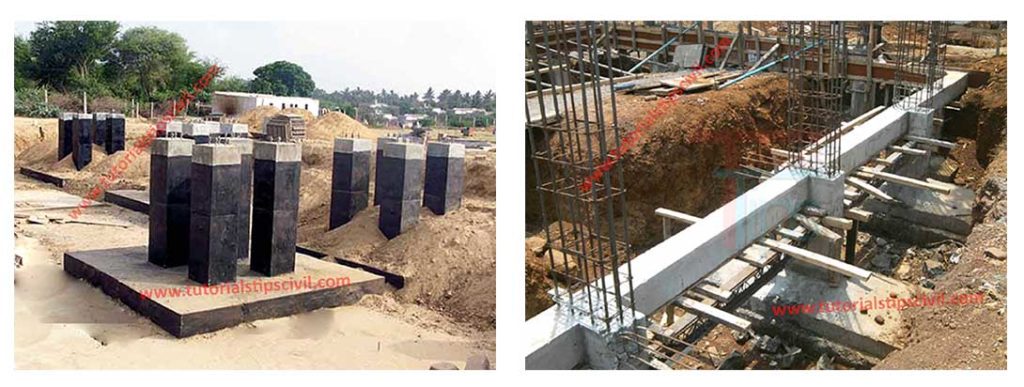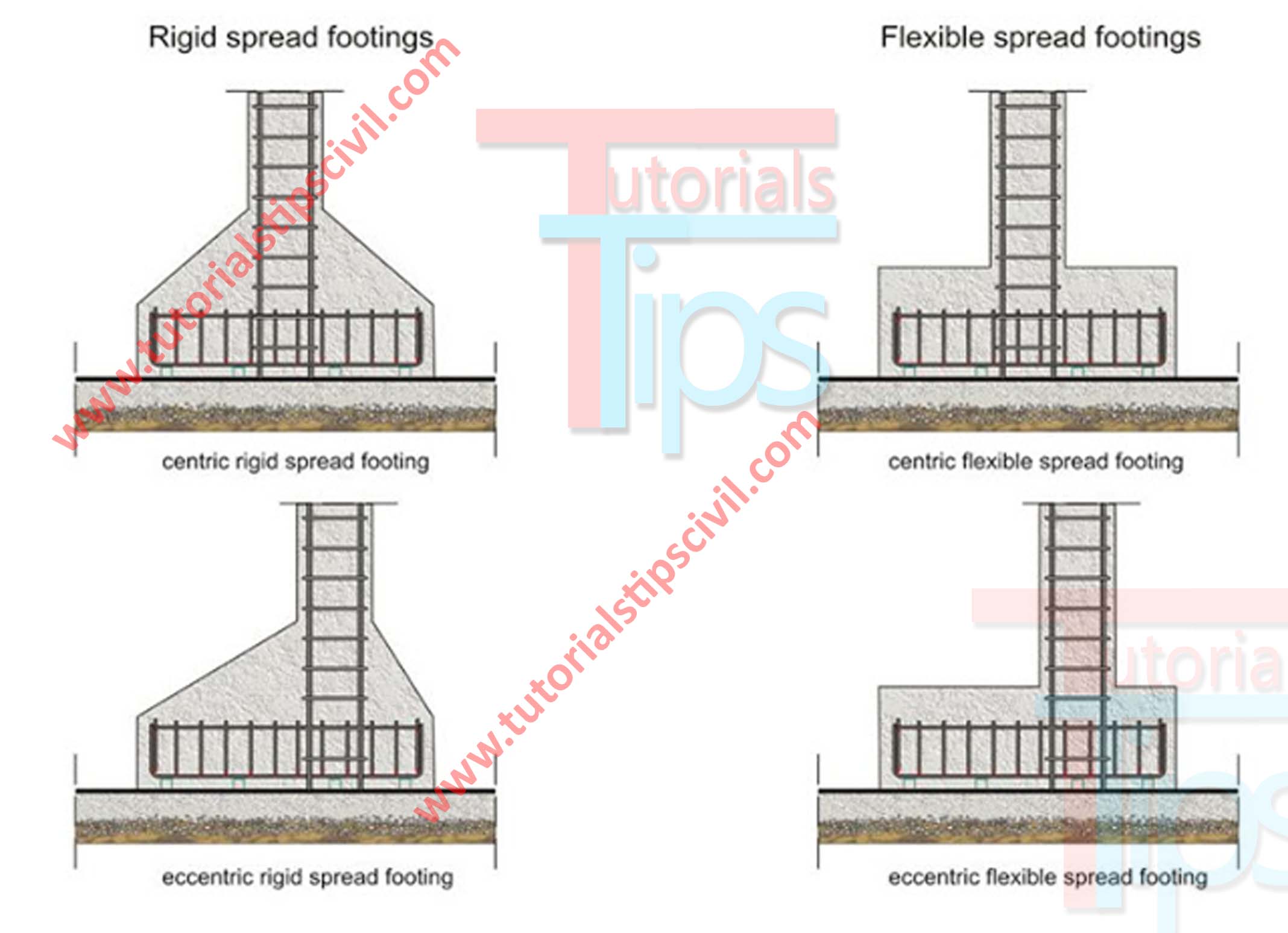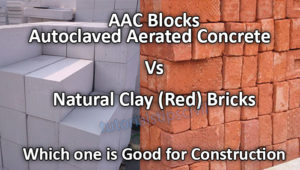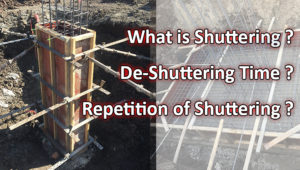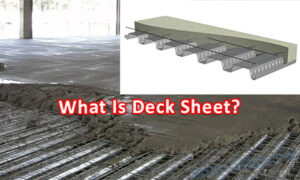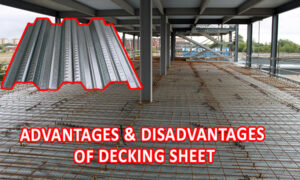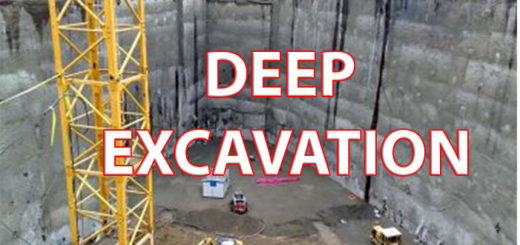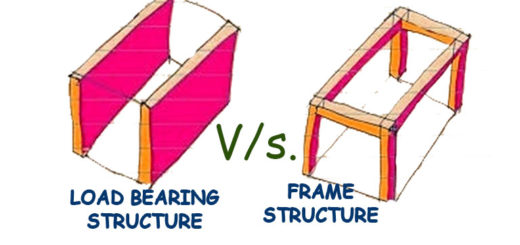TYPES OF FOUNDATIONS?
WHAT IS A FOUNDATION?
A foundation is an integral part of the structure that transfers the superstructure’s load to the soil. A foundation is that member who provides support for the structure and its loads. It includes the soil and rock of the earth’s crust and any special part of the structure that serves to transmit the load into the rock or soil.
MAJOR REQUIREMENTS OF THE DESIGN OF FOUNDATION STRUCTURES ARE THE TWO AS GIVEN BELOW:
- Foundation structures should be able to sustain the applied loads, moments, forces and induced reactions without exceeding the safe bearing capacity of the soil.
- The settlement of the structure should be as uniform as possible and it should be within the tolerable limits.
ITS MAIN FUNCTIONS AND REQUIREMENTS
(a) Distribute the load from the structure to the soil evenly and safely.
(b) To anchor the building to the ground so that under lateral loads building will not move.
(c) It prevents the building from overturning due to lateral forces.
(d) It gives a level surface for the construction of the superstructure.
TYPES OF FOUNDATION STRUCTURES
Foundations are mainly of two types:
(A) Shallow foundation and
(B) Deep foundations.
(A) Shallow Foundation
- In a shallow foundation, generally, the depth at which the foundation is placed is less than its width i.e. the ratio of the depth of the foundation to its width is less than unity.
- Shallow foundations are also designated as footings.
- Example-Combined footing, Cantilever or strap footing, Mat foundation etc.
(B) Deep foundations
- In a deep foundation, the depth at which the foundation is placed is more significant than its width. The depth to width ratio of the foundation is usually greater than 4 metres to 5 metres.
- A few examples of deep foundations are:- Pile foundations, pier foundations and wells or caissons foundations.
- When the expected loads from the superstructure cannot be supported on shallow foundations, deep foundations are provided.
- If the soil conditions immediately below the structure are sufficiently strong and capable of supporting the required load, then shallow spread footings can be used to transmit the load. On the other hand, if the soil conditions are weak, then piles or piers are used to carry the loads into deeper, more suitable soil.

